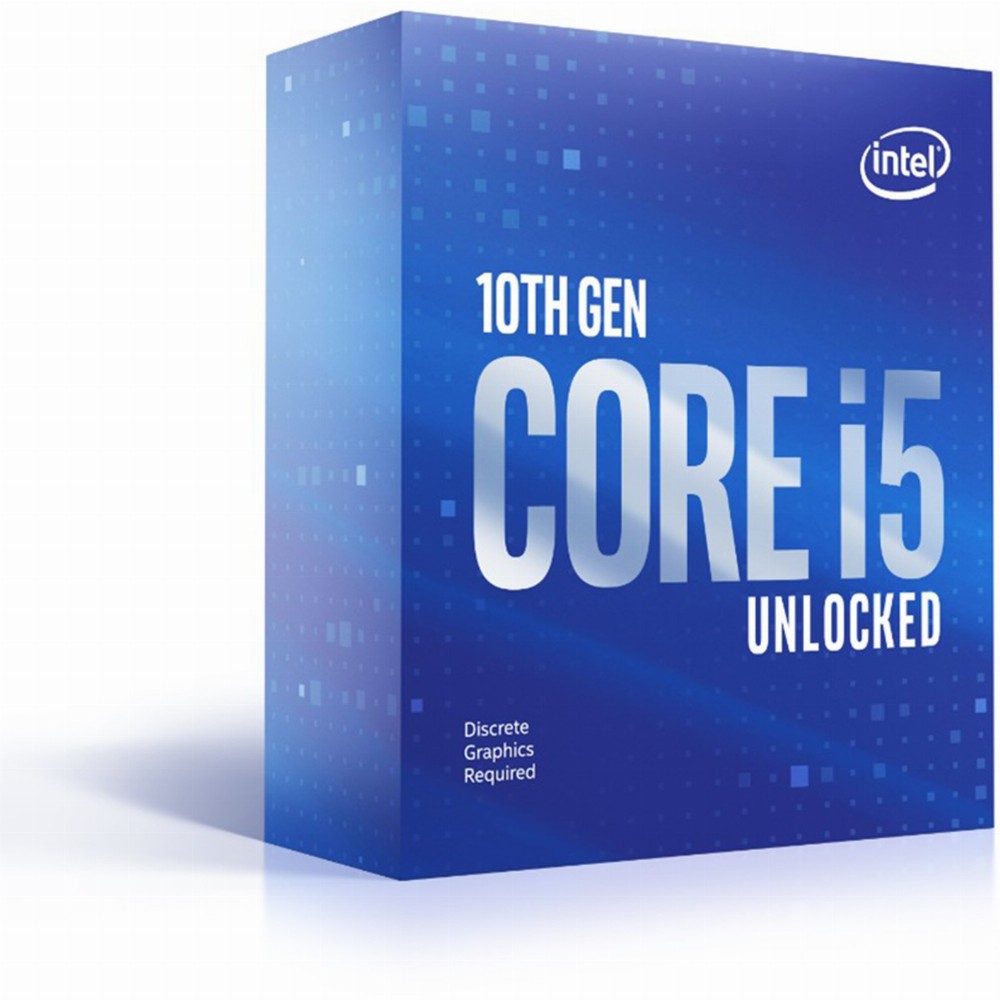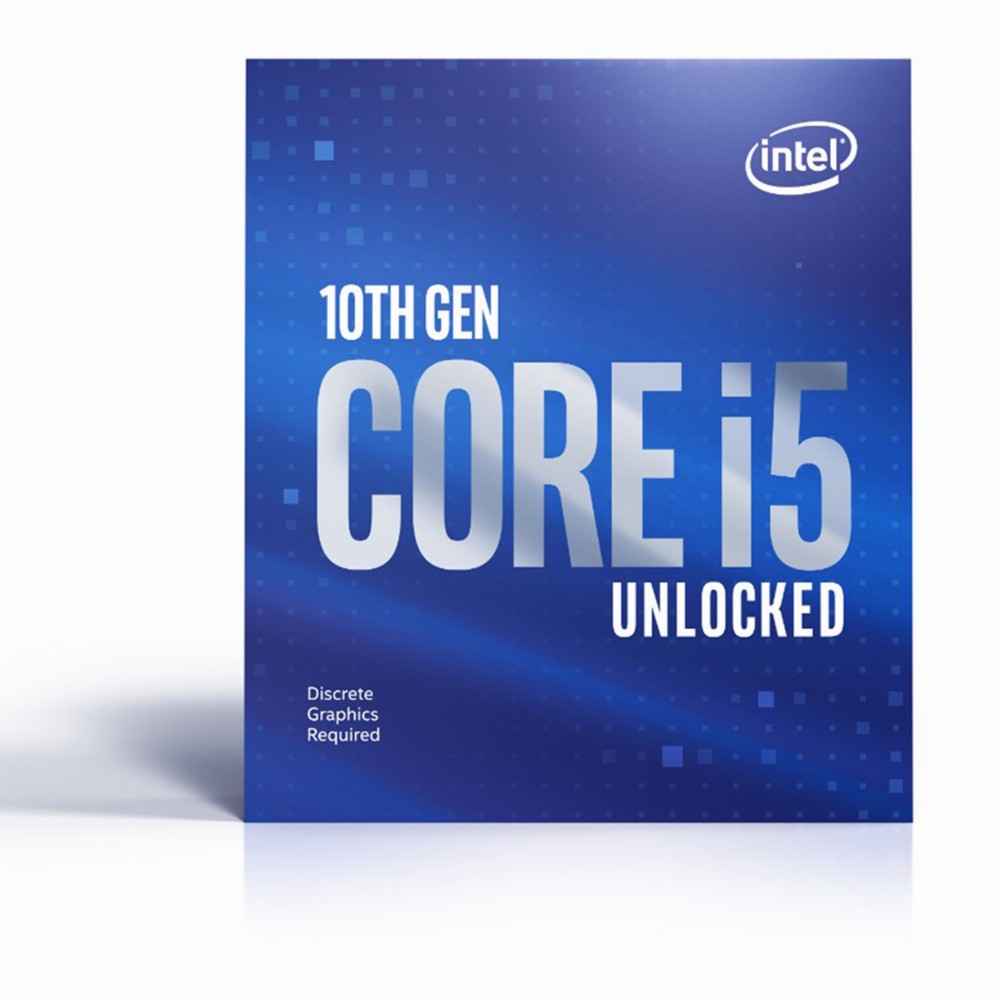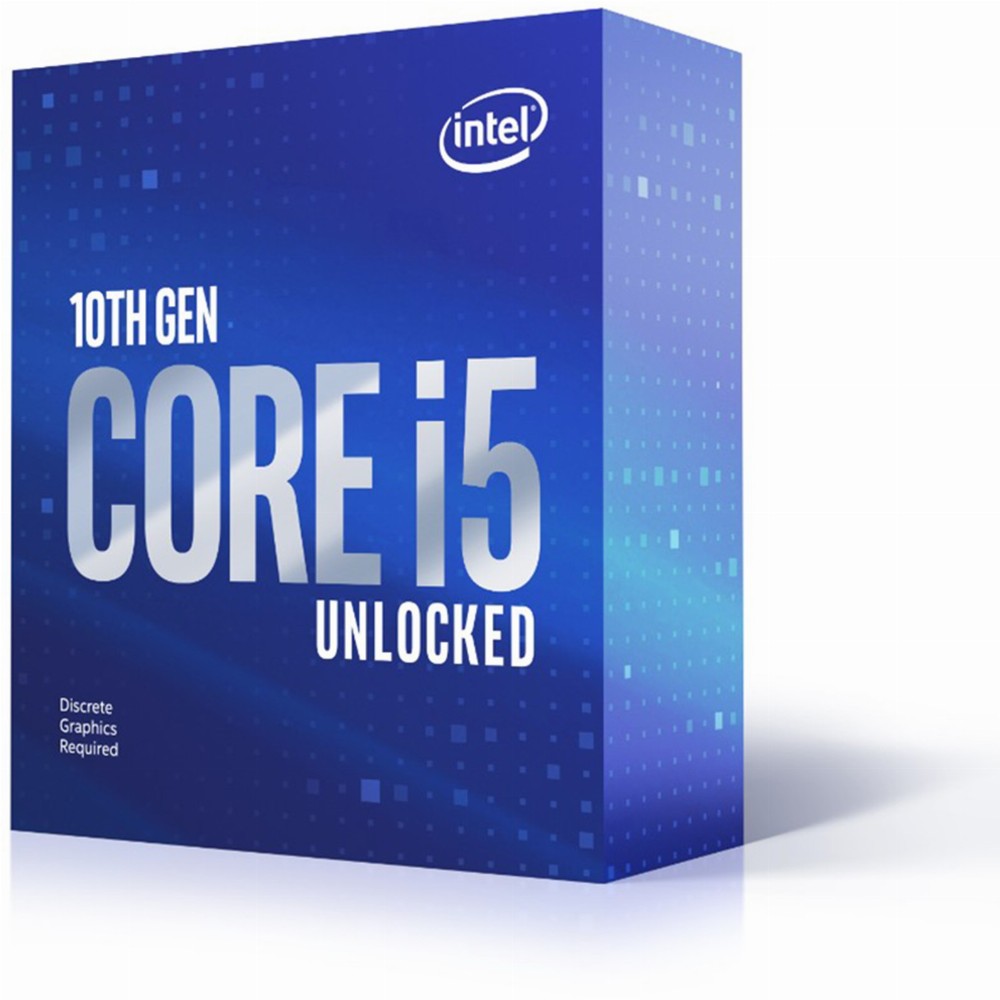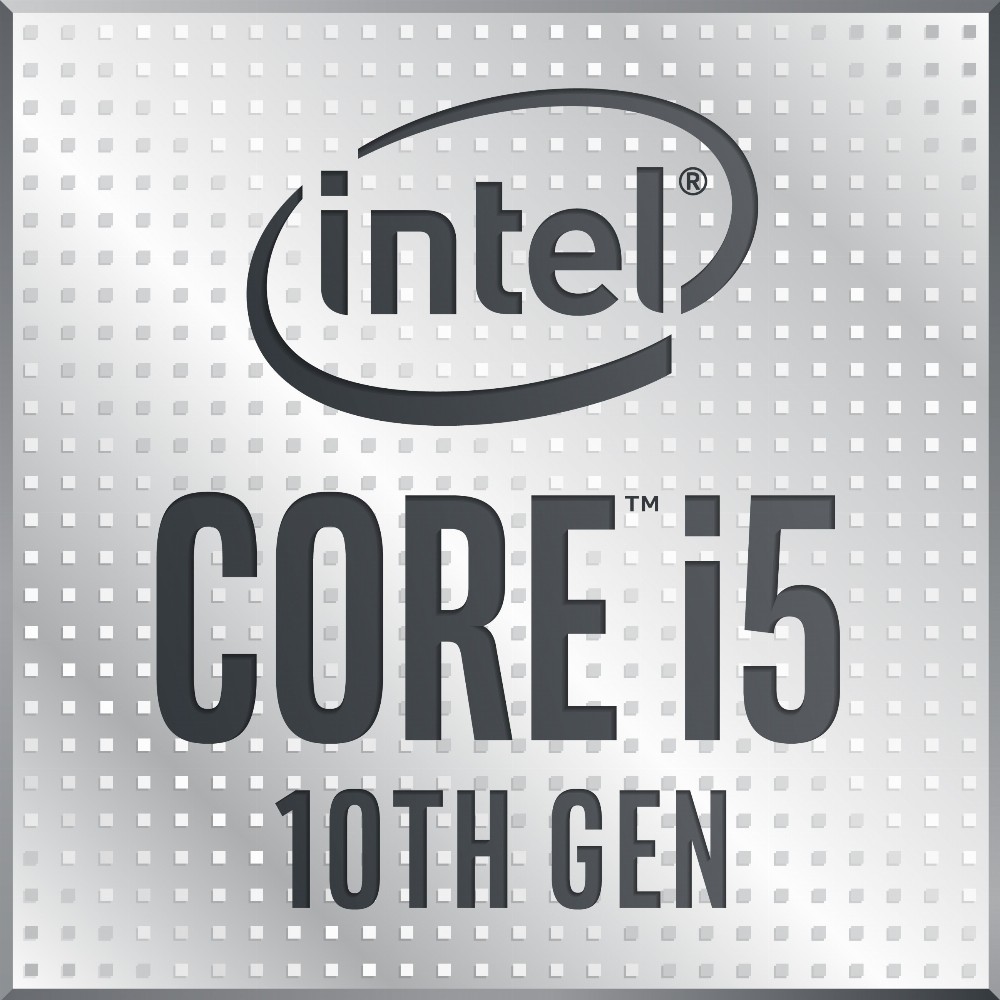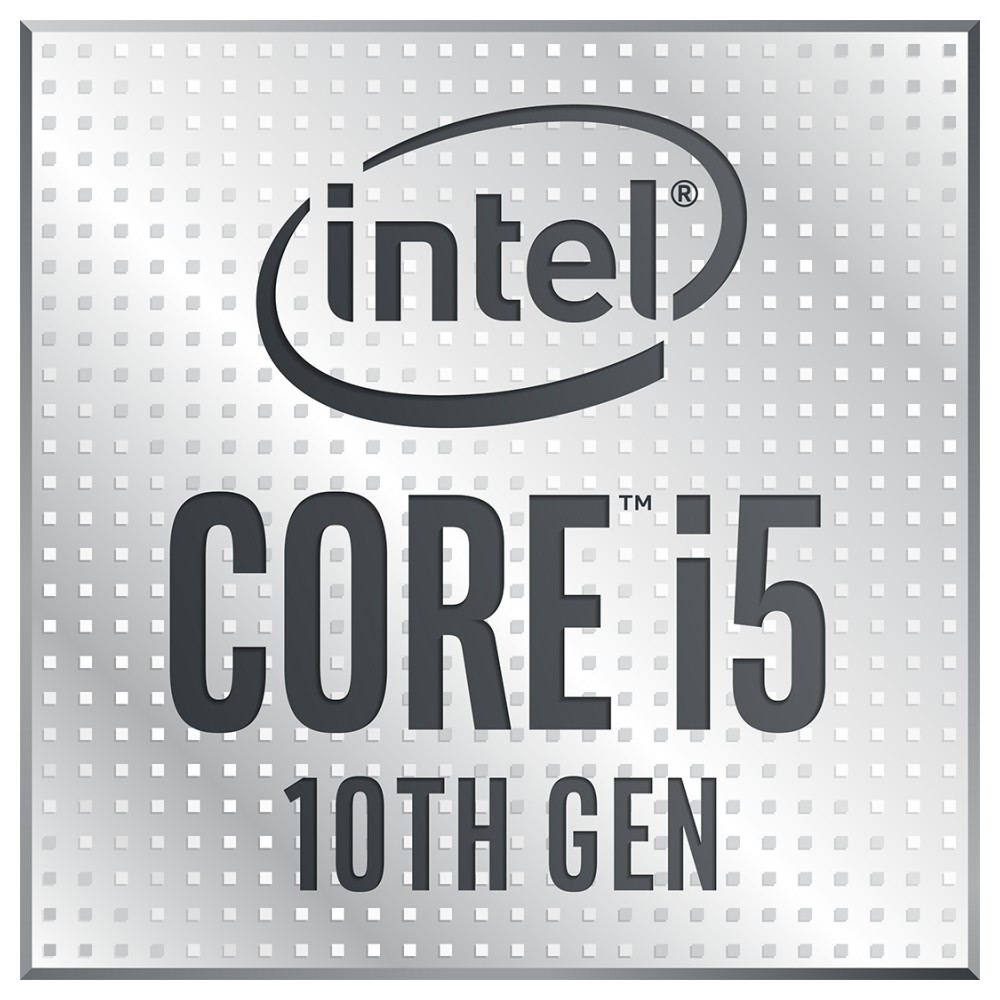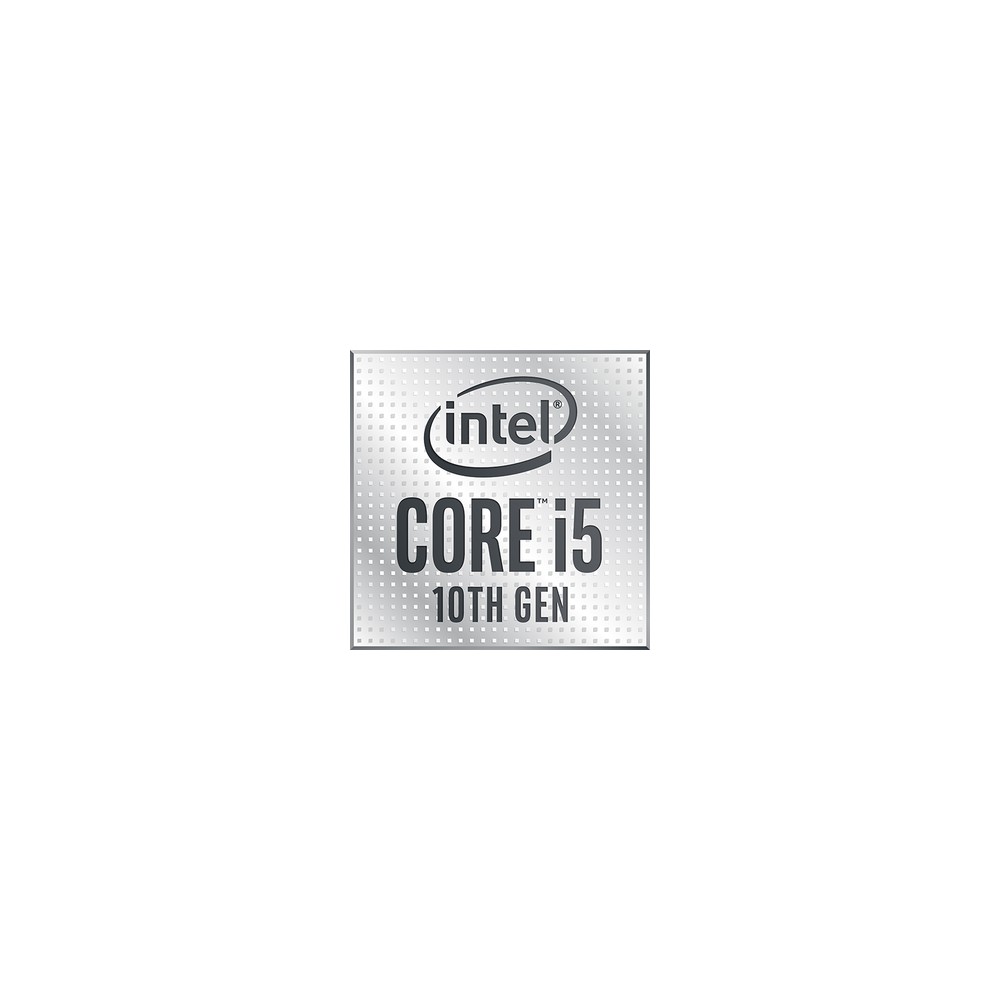Intel S1200 CORE i5 10600KF BOX 6×4.1 125W WOF GEN10
€160.33
Intel Core i5-10600KF, Intel® Core ™ i5 processors of the 10th generation, LGA 1200 (Socket H5), PC, 14 nm, Intel, 4.1 GHz
8 in stock
Description
Intel Core i5-10600KF. Processor family: Intel® Core ™ i5 processors of the 10th generation, processor socket: LGA 1200 (Socket H5), components for: PC. Memory channels: Dual-channel, maximum internal memory, supported by the processor: 128 GB, memory types, supported by the processor: DDR4-SDRAM. PCI Express configurations: 1×16.2×8.1×8 + 2×4, supported instruction sets: SSE4.1, SSE4.2, AVX 2.0, scalability: 1S. Intel® Turbo Boost Technology 2.0 frequency: 4.8 GHz. Packaging type: retail box
Intel® Optane ™ memory supported
Intel® Optane ™ memory is a revolutionary new class of non-volatile memory that sits between system memory and data storage to accelerate system performance and responsiveness. In combination with the Intel® Rapid Storage Technology driver, it seamlessly manages multiple storage levels when a virtual drive is provided for the operating system. This ensures that frequently used data is on the fastest tier of storage. Intel® Optane ™ memory requires specific hardware and software configuration.
Intel® Turbo Boost Technology
Intel® Turbo Boost Technology dynamically increases the frequency of a processor as required by utilizing the temperature and power reserves in order to offer more speed if required and otherwise more energy efficiency.
Intel® Hyper-Threading Technology
Intel® Hyper-Threading Technology enables two processing threads per physical core. Applications with many threads can do more tasks in parallel and finish tasks earlier.
Intel® Virtualization Technology (VT-x)
With the Intel® virtualization technology (VT-x), a hardware platform can be used as several “virtual” platforms. It provides improved manageability by reducing downtime and maintaining productivity by moving compute operations to separate partitions.
Intel® Directed I / O Virtualization Technology (VT-d)
The Intel® Directed-I / O virtualization technology (VT-d) continues the existing support of virtualization solutions for the IA-32 (VT-x) and systems with Itanium® processors (VT-i) and expands this with new support for the I / O device virtualization. The Intel VT-d can help users improve the security and reliability of systems and the performance of I / O devices in virtualized environments.
Intel® VT-x with Extended Page Tables (EPT)
Intel® VT-x with Extended Page Tables (EPT), also known as Second Level Address Translation (SLAT), accelerates memory-intensive virtualization applications. The use of extended page tables on platforms with Intel® virtualization technology reduces the overall costs for memory and power supply and increases battery life through hardware optimization of the page table management.
Intel® 64
In conjunction with the appropriate software, the Intel® 64 architecture enables 64-bit processing on servers, workstations, PCs and mobile platforms. 1 Intel 64 improves performance because the system can address more than 4 GB of virtual and physical memory with this processor expansion .
Instruction set
An instruction set refers to the set of basic instructions and instructions that a microprocessor understands and can execute. The displayed value indicates which Intel instruction set this processor is compatible with.
Extensions to the instruction set
Instruction set extensions are additional instructions to improve performance when performing the same operations on multiple data objects. These can include SSE (Streaming SIMD Extensions) and AVX (Advanced Vector Extensions).
Inactivity status
Idle states (C states) are used to save energy when the processor is idle. C0 is the operating state, ie the CPU carries out useful tasks. C1 is the first idle state, C2 the second, and so on, with more energy saving measures being taken for higher C-state numbers.
Advanced Intel SpeedStep® technology
The Advanced Intel SpeedStep® Technology is an advanced functionality for the combination of high performance with the lowest possible energy consumption required on mobile devices. The conventional Intel SpeedStep® technology switches the voltage and the frequency simultaneously between high and low values depending on the processor load. The Advanced Intel SpeedStep® Technology builds on this architecture and uses design strategies such as separation between voltage and frequency changes and clock partitioning and recovery.
Thermal monitoring technology
Thermal monitoring technologies protect the processor package and the system from temperature-related failures using temperature management functions. A digital temperature sensor on the chip detects the temperature of the core, and the temperature management functions reduce the energy consumption of the package and thus the temperature, if necessary, in order to comply with the limits for normal operation.
Intel® Identity Protection Technology
Intel® Identity Protection Technology is an integrated security technology that provides a simple, tamper-proof way to protect your online customer and business data from threats and fraud. Intel® Identity Protection Technology provides hardware-based evidence of a user's PC when accessing websites, financial institutions, and network services. The technique verifies that it is not malware that is attempting to log in. Intel® Identity Protection Technology can be an important part of two-factor authentication solutions that protect your information when logging into websites and in the corporate environment.

